Dwarf barb - Pethia phutunio
Scientific name: Pethia phutunio
Common name: Dwarf barb
Family: Cyprinidae
Usual size in fish tanks: 3 - 4 cm (1.18 - 1.57 inch)
014
Recommended pH range: 6 - 7.2
Recommended water hardness: 4 - 12°N (71.43 - 214.29ppm)
0°C 32°F30°C 86°F
Recommended temperature range: 22 - 26 °C (71.6 - 78.8°F)
The way how these fish reproduce: Spawning
Where the species comes from: South Asia
Temperament to its own species: peaceful
Temperament toward other fish species: peaceful
Usual place in the tank: Middle levels
General Information
The Dwarf (Spottedsail) Barb (Pethia phutunio, long traded as Puntius phutunio) is a tiny, peaceful schooling cyprinid native to South Asia (Pakistan, India, Bangladesh, Myanmar). Adults are usually only 2.5–3.5 cm (≈1–1.4″) with a wild-record maximum of ~3.9 cm TL. Keep in groups (≥8–10) for confidence, natural shoaling and better coloration.
Food and Feeding
An omnivorous micro-predator. Offer quality flakes or micro-granules as the staple; rotate small live or frozen foods—brine shrimp nauplii, daphnia, cyclops, microworms. Feed tiny portions 1–2× daily so everything is eaten in minutes.
Sexing
Males are slimmer with slightly stronger fin tints; females are fuller-bodied when gravid. Juveniles are difficult to sex.
Breeding
Egg-scattering spawner with no parental care. Use a separate, dimly lit tank with fine-leaved plants or spawning mops. Spawning often happens near dawn among surface plants; eggs typically hatch in ~24–48 h. Remove adults post-spawn; start fry on infusoria, then newly hatched brine shrimp.
Lifespan
Commonly 3–5 years with clean, stable water; smaller cyprinids trend shorter-lived when kept warm year-round.
Tank Requirements & Water Parameters
- Footprint: length and planting matter more than height; even small groups benefit from 60 cm/24″ tanks for stable water and natural schooling.
- Water: pH 6.0–7.2, hardness ~4–12 °dH, temperature 22–26 °C.
- Layout: dark substrate, dense planting with some floating cover for subdued light; gentle flow; fine-pore filtration.
- Maintenance: small, regular water changes; avoid abrupt parameter swings.
Compatibility & Tank Mates
Peaceful and timid. Best with other small, calm species (tiny rasboras/tetras, Corydoras pygmaeus/habrosus, small gouramis). Keep in a proper shoal to prevent nervous nipping; avoid large/boisterous fish and very long-finned slow species.
Behaviour & Usual Place in the Tank
Middle levels: a classic mid-water shoaler that moves through plant thickets and open lanes; will venture up during feeding.
Short Description
Dwarf/Spottedsail Barb (Pethia phutunio) is a tiny South Asian barb, ideal for peaceful, planted aquaria. Keep in groups, feed varied small foods, and provide soft-neutral, stable water with shaded areas.
Q&A
- South or East Asia? South Asia: Pakistan, India, Bangladesh, Myanmar.
- How big, really? Typically 2.5–3.5 cm; wild max ~3.9 cm TL—much smaller than many barbs.
- Fin-nipper? Generally gentle; any nipping is usually stress/under-stocking related—keep larger groups and provide cover.
Picture
Bought by aqua-fish.net from jjphoto.dk.
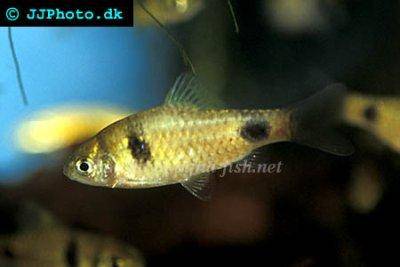

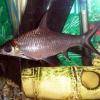 Bala
Bala 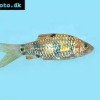 Spotted
Spotted 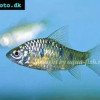 Golden
Golden 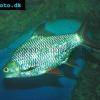 Tinfoil
Tinfoil 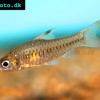 Congo
Congo 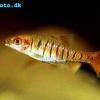 Blue-barred
Blue-barred 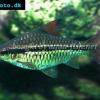 African
African 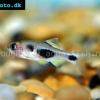 Butterfly
Butterfly 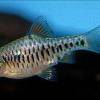 Olivegreen
Olivegreen 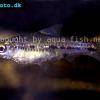 Morse
Morse 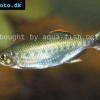 Jerdon’s
Jerdon’s 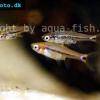 Mosquito
Mosquito 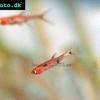 Dwarf
Dwarf 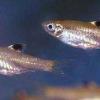 Eyespot
Eyespot 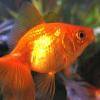 Goldfish
Goldfish 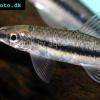 Penguin
Penguin  Siamese
Siamese 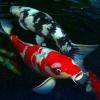 Koi
Koi 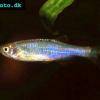 Pearl
Pearl 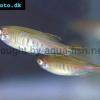 Glowlight
Glowlight 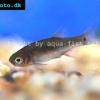 Crossbanded
Crossbanded 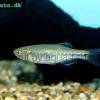 Yoma
Yoma 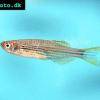 Orange
Orange 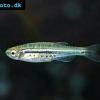 Dwarf
Dwarf 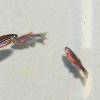 Zebra
Zebra 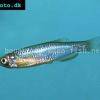 Rose
Rose 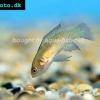 Red
Red 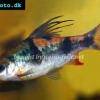 Arulius
Arulius 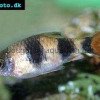 Tambraparni
Tambraparni 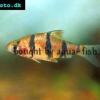 Fiveband
Fiveband 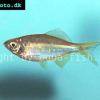 Bengal
Bengal 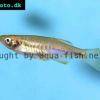 Tiger
Tiger 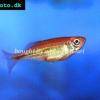 Malabar
Malabar 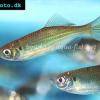 Queen
Queen 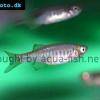 Hora
Hora 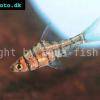 False
False 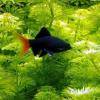 Redtail
Redtail 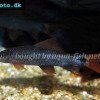 Rainbow
Rainbow 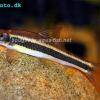 Flying
Flying 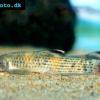 Garra
Garra 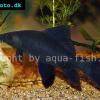 Black
Black 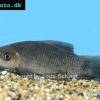 Purple
Purple 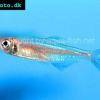 Burmese
Burmese 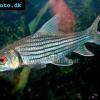 Isok
Isok 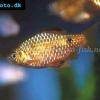 Rosy
Rosy 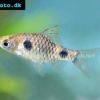 Two
Two 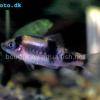 Melon
Melon 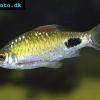 Black-spot
Black-spot 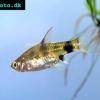 Golden
Golden 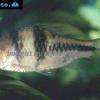 T-Barb
T-Barb 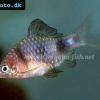 Ruby
Ruby 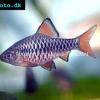 Checkered
Checkered 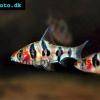 Rhomb
Rhomb 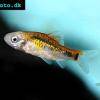 Gold
Gold 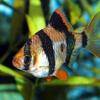 Tiger
Tiger 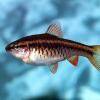 Cherry
Cherry 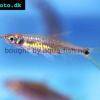 Brittan’s
Brittan’s 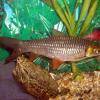 Greater
Greater 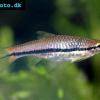 Long-band
Long-band 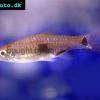 Twospot
Twospot  Reticulate
Reticulate 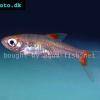 Cherry
Cherry 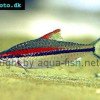 Denison
Denison 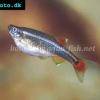 White
White 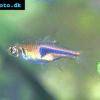 Lambchop
Lambchop 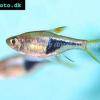 Harlequin
Harlequin